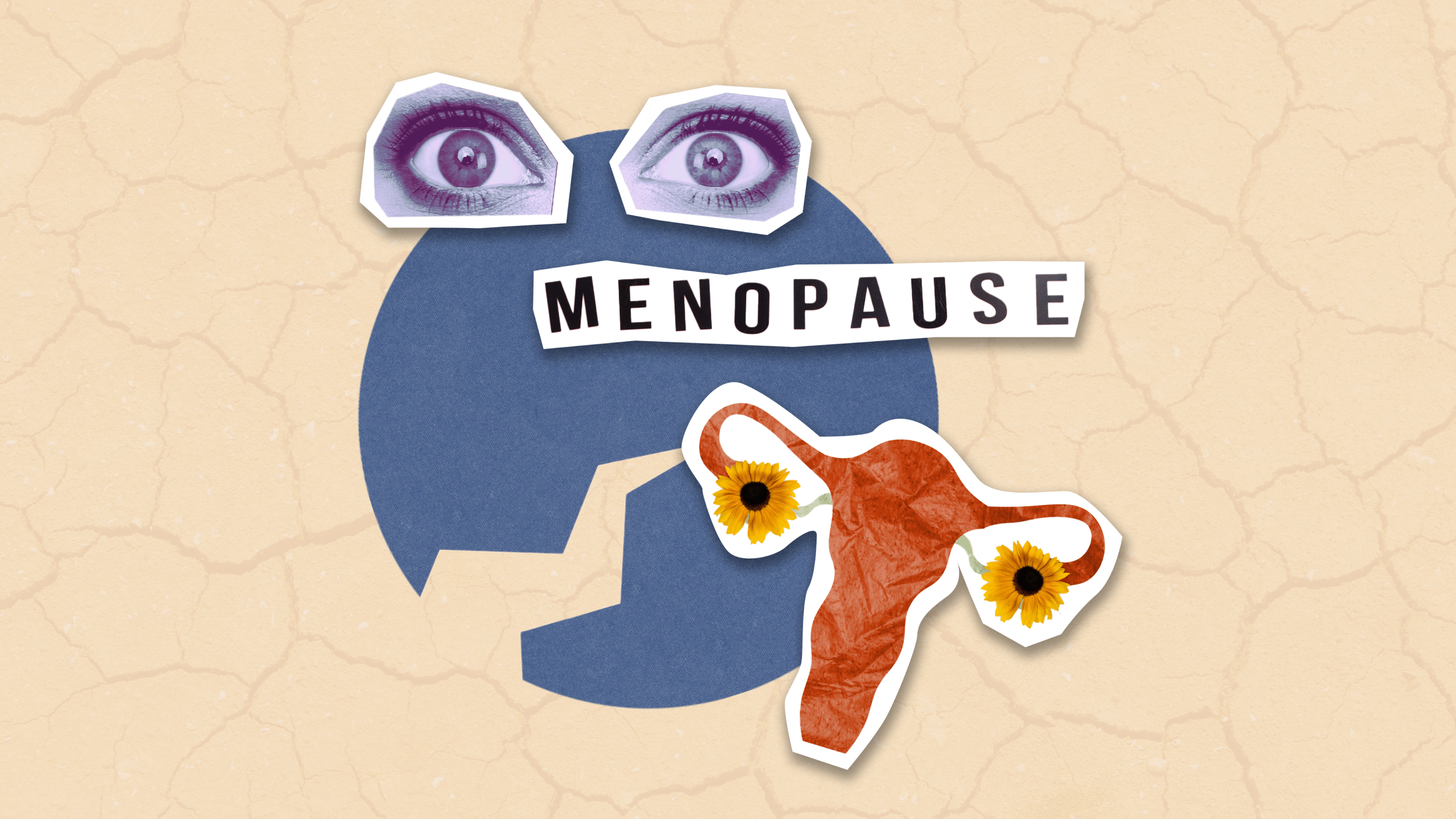When hormones dip, so do the tears. New data links menopause with dry eye risk.
A new study presented at The Menopause Society’s 2025 Annual Meeting in Orlando (USA) revealed an increased risk of developing dry eye disease (DED) during the menopause transition, with postmenopausal women showing a higher prevalence than those who are perimenopausal.
Study details and key findings
Researchers from Argentina conducted a cross-sectional study involving more than 3,500 women with a mean age of 52. Using the Ocular Surface Disease Index (OSDI) questionnaire, the team assessed dry eye symptoms and prevalence across premenopausal and postmenopausal participants.
The results showed that 57.38% of postmenopausal women experienced dry eye disease compared to 53.22% of premenopausal women. The study also identified other risk factors, including autoimmune diseases, smoking and contact lens use, which further increased the likelihood of developing DED.
“As a result of this study, clinicians should add dry eye disease to their routine questionnaires,” said Debora Yankelevich, lead author of the study, emphasizing the importance of early detection and management.
Hormones and eye health
Although aging and autoimmune conditions are well-established contributors to dry eye, hormonal changes also play a role. Sex steroids—particularly estrogen and androgens—help regulate the glands responsible for tear production. As these hormone levels fluctuate or decline during menopause, women may experience an imbalance that affects tear quality and quantity.*
Dr. Stephanie Faubion, medical director of The Menopause Society, noted that the study underscores how menopause affects more than reproductive health.
“It’s important to tease out the influence of aging and hormones on health,” she said in a news release. “Early detection of dry eye disease allows for timely intervention with tailored treatments to preserve comfort, vision quality and ocular surface health.”
READ MORE: Scratching the Surface: Talking Dry Eye with Dr. Laura Periman
Raising awareness in midlife women
Experts believe these findings could help bring greater awareness to a condition often overlooked in both patients and clinical practice. Many women do not associate eye discomfort with menopause, leading to delayed diagnosis and management.
Clinicians are encouraged to ask about dry eye symptoms when evaluating menopausal and perimenopausal women. Simple screening tools, such as the OSDI questionnaire, can aid in identifying those at risk. Increasing awareness among both patients and healthcare providers can also lead to more effective management strategies.
READ MORE: Conquering the Untamed Frontier of Dry Eye Disease
The takeaway
As menopause continues to take center stage in women’s health, this study reminds clinicians to look beyond the classic symptoms. Understanding how hormonal shifts influence eye comfort and vision quality can help deliver more comprehensive care, and perhaps ensure that when women reach midlife, their eyes don’t go through a “pause” of their own.
*Kastelan S, Hat K, Tomic Z, et al. Sex differences in the lacrimal gland: Implications for dry eye disease. Int J Mol Sci. 2025;26(8):3833.
Editor’s Note: This content is intended exclusively for healthcare professionals. It is not intended for the general public. Products or therapies discussed may not be registered or approved in all jurisdictions, including Singapore
